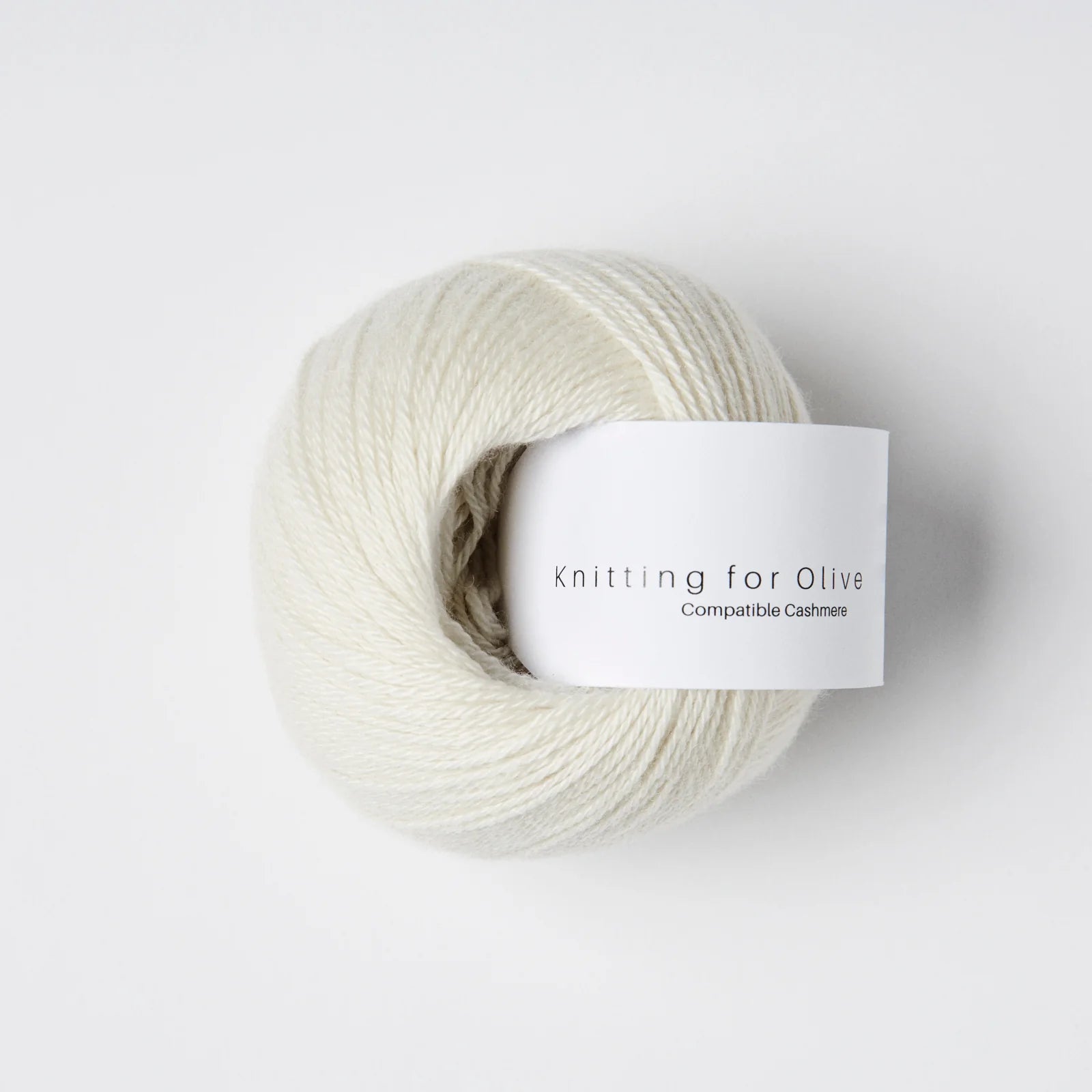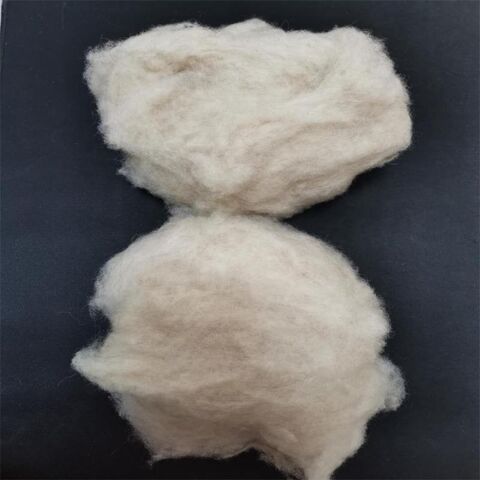Understanding the Distinct Qualities of cashmere fibre for Unmatched Comfort
Understanding the Distinct Qualities of cashmere fibre for Unmatched Comfort
Blog Article
Reasons You Must Require Cashmere an All-natural Fiber for Comfort and Style in Everyday Use
In the realm of fabrics, couple of fibers equal the deluxe and comfort of cashmere. This one-of-a-kind material, recognized for its remarkable softness and insulation, offers unparalleled comfort and style for daily wear. What sets it apart from other fibers? How does it impact the atmosphere and just how does it contrast to synthetic options? How can one best use cashmere to elevate their design? These interesting inquiries lay the structure for an informing expedition into the world of cashmere.
Understanding the Extravagant Nature of Cashmere

Reviewing the Comfort Factor of Cashmere Attire
What high qualities underline the comfort factor of cashmere garments? The soft qualities of cashmere is the initial high quality to think about. Its luxurious structure makes it seem like a second skin, giving heat without the weight or irritation connected with other wool items. Cashmere's distinct fiber framework allows for breathability, managing temperature and stopping overheating. The material's versatility and toughness guarantee that it mold and mildews against the body comfortably, keeping its shape with time. Cashmere's hypoallergenic properties additionally contribute to its convenience, making it an optimal choice for delicate skin. Finally, the ability to layer cashmere pieces without thickness heightens the comfort factor. Basically, the comfort of cashmere is stemmed from its soft qualities, breathability, toughness, hypoallergenic nature, and flexibility.

The Environmental Influence and Sustainability of Cashmere
While the convenience and elegance of cashmere are most certainly appealing, it's equally essential to consider its connection with the atmosphere. Cashmere production, mostly in Mongolia and China, includes increasing cashmere goats, which can dramatically strain fragile grassland communities as a result of overgrazing. This can result in desertification, a pushing environmental worry. The processing of cashmere, involving coloring and washing, can also contribute to water pollution if not properly managed. Nonetheless, efforts are being made to establish sustainable cashmere production approaches, such as rotational grazing and cleaner handling techniques. Hence, while cashmere has environmental effects, its sustainability mainly relies on manufacturing practices.
Comparing Cashmere to Artificial Fibers: A Cost-Benefit Analysis
Regardless of its ecological difficulties, cashmere offers an unique collection of benefits over synthetic fibers. On the price side, cashmere is news undoubtedly a lot more pricey due to its labor-intensive production process. Yet, the benefits make it worth the investment. Cashmere's natural fibers supply unmatched softness and warmth, converting into comfort that artificial fibers struggle to match. Cashmere pieces are very resilient, encouraging long life that offsets preliminary visit our website costs over time. Unlike synthetic fibers, cashmere does not add to microplastic pollution, making it a more lasting selection. On the other hand, synthetic fibers, while less costly upfront, offer less comfort, have much shorter life expectancies and pose ecological issues. Thus, when analyzing cost-benefit, cashmere's remarkable high qualities make it a beneficial financial investment for daily wear.
Styling Tips With Cashmere for Everyday Beauty
Having considered the cost-benefit analysis of cashmere compared to synthetic fibers, it becomes clear why this extravagant product is a popular option for several. When styling cashmere for everyday elegance, simplicity is essential. A cashmere sweatshirt, for instance, can be paired with customized pants or a sleek skirt for a chic, put-together appearance - cashmere fibre. For a more informal set, a cashmere cardigan worn over a straightforward tee shirt and jeans exhibits effortless design. Accessories can better raise the appearance: a statement locket or scarf can include a pop of color to a neutral cashmere item. Eventually, the fundamental style of cashmere makes it a versatile addition to any closet, effortlessly improving everyday attire with a touch of deluxe.

Conclusion
In summary, the remarkable properties of cashmere make it a valuable enhancement to any type of wardrobe. Its elegant feel, flexibility, breathability, and comfort to differing temperature levels are unrivaled. In addition, cashmere's sustainability and reduced environmental influence compared to artificial fibers even more boost its charm. The timeless sophistication of cashmere, combined with its adaptability, adds class to daily wear. Consequently, buying cashmere garments is a beneficial choice for comfort, sustainability, and design.

Report this page